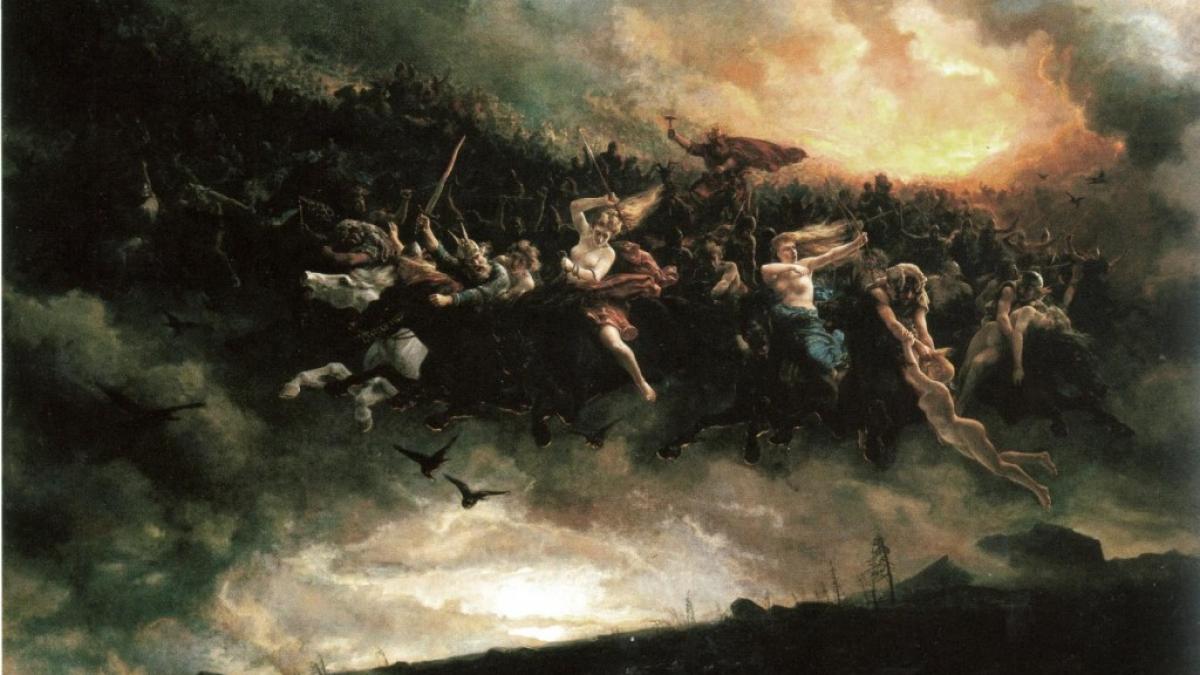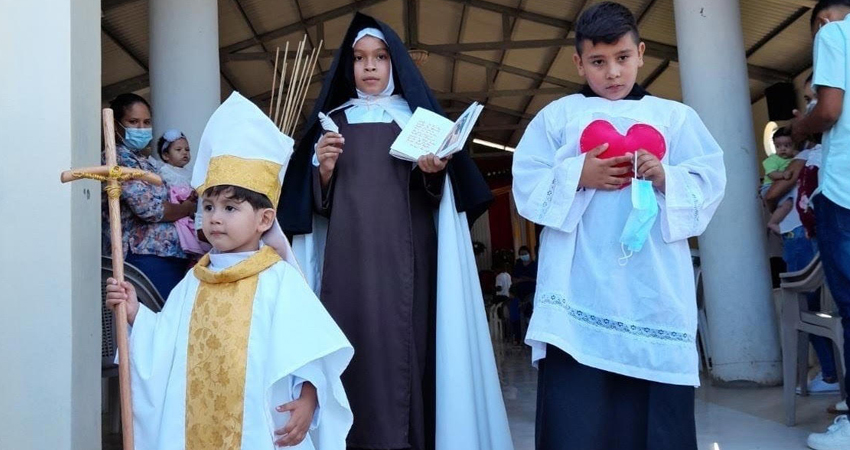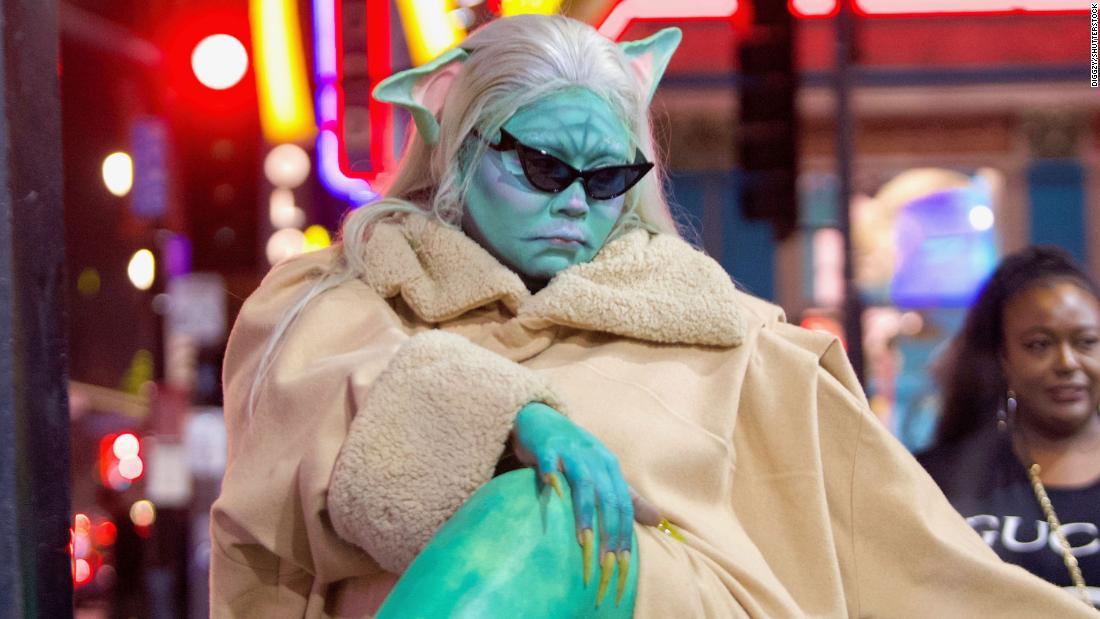Halloween is the day of the dead for the western world and is celebrated on October 31. This party may seem like our Halloween, but it is very different, because it has a special mystical hue.
The night that became known as the eve of the feast of All Saints (All Saints – All Saints, on Catholic countries are celebrated on November 1. Unfortunately (?), the celebration and its traditions have been lost in the depths of the ages.
By the 9th century, the influence of Christianity had spread to the Celtic regions, where it gradually intermingled and eventually replaced the older Celtic rituals. The festival therefore has pagan roots and is associated with the worship of Druids by the Celts in Ireland. Later, when the Romans conquered Galatia and ruled the Celtic lands, they combined two festivals of Roman origin with the Celtic festival of Samhain. One of these was Feralia, which took place on February 21, and in which the Romans celebrated the passage of the dead to the other world. The second was the day they honored Pomona, the Roman goddess of fruits and trees. Its symbol was the apple, and the inclusion of this festival in Samhain explains the tradition of “bobbing for apples”, which is still played on Halloween today.
According to the Away from fire and ice this day marks the end of the harvest and the summer and the beginning of the dark winter.
“These are the days of the year when the thin line between the world of the dead and the world of the living is blurred and ghosts – good and bad – enter the human kingdom and the nights are filled with terrifying patterns to protect the living from the dead. “.
“Make sure your candles are lit before reading on”, writes the message.
“I wish we could share information with you about the traditional Scandinavian way of celebrating Halloween or ”Samhain”, as the Celts call it. However, little is known about this night, much less has been written about its roots. in the Norman tradition.”
According to the old Norman tradition, another phenomenon takes place in the cold and dark nights of autumn and winter, and is called the wild hunt (“the wild hunt”). The “Wild Hunt” according to legend was a “legion” of spirits of supernatural beings, mythological creatures and Valkyries, which according to legend – led by the god Odin, turned into a “night” death race “, the wild hunt“Anyone who met the dead hunters lost their lives.”
Wild hunting is one of the most well-known European myths about death. The Horsemen, who come into the midst of destruction (or cause it themselves), are a classic tale in many European mythologies.
Historically, we have the first information about the myth of the German folklorist, Jacob Grimm, in his book German mythology. He also introduces the term Wilde Jagd (= Wild Hunt = Wild Hunt) in 1835, which has remained to this day.
According to Grimm, the myth has pre-Christian roots and the hunt leader is usually a figure associated with the Scandinavian god Odin. In other cases, he is a historical figure (Theodoric the Great, Waldemar IV of Denmark, etc.) or a biblical figure (Herod, Cain, etc.). Of course, there are times when he is replaced by a woman named Holda or Brechta.
Only the sight and encounter with the Hunt can bring disaster, misery or war. People who meet the horsemen are also kidnapped, die and in some cases are reported to even steal the human soul. Horsemen are always associated with the dead.
Characteristic of Grimm’s description is mechanism of action of the Hunt. It rushes like an army and foretells the outbreak of war.
“Those watching the Wild Hunt, be careful, because you are already lost.”

“Total travelaholic. Subtly charming zombie geek. Friend of animals everywhere. Music buff. Explorer. Tv junkie.”






